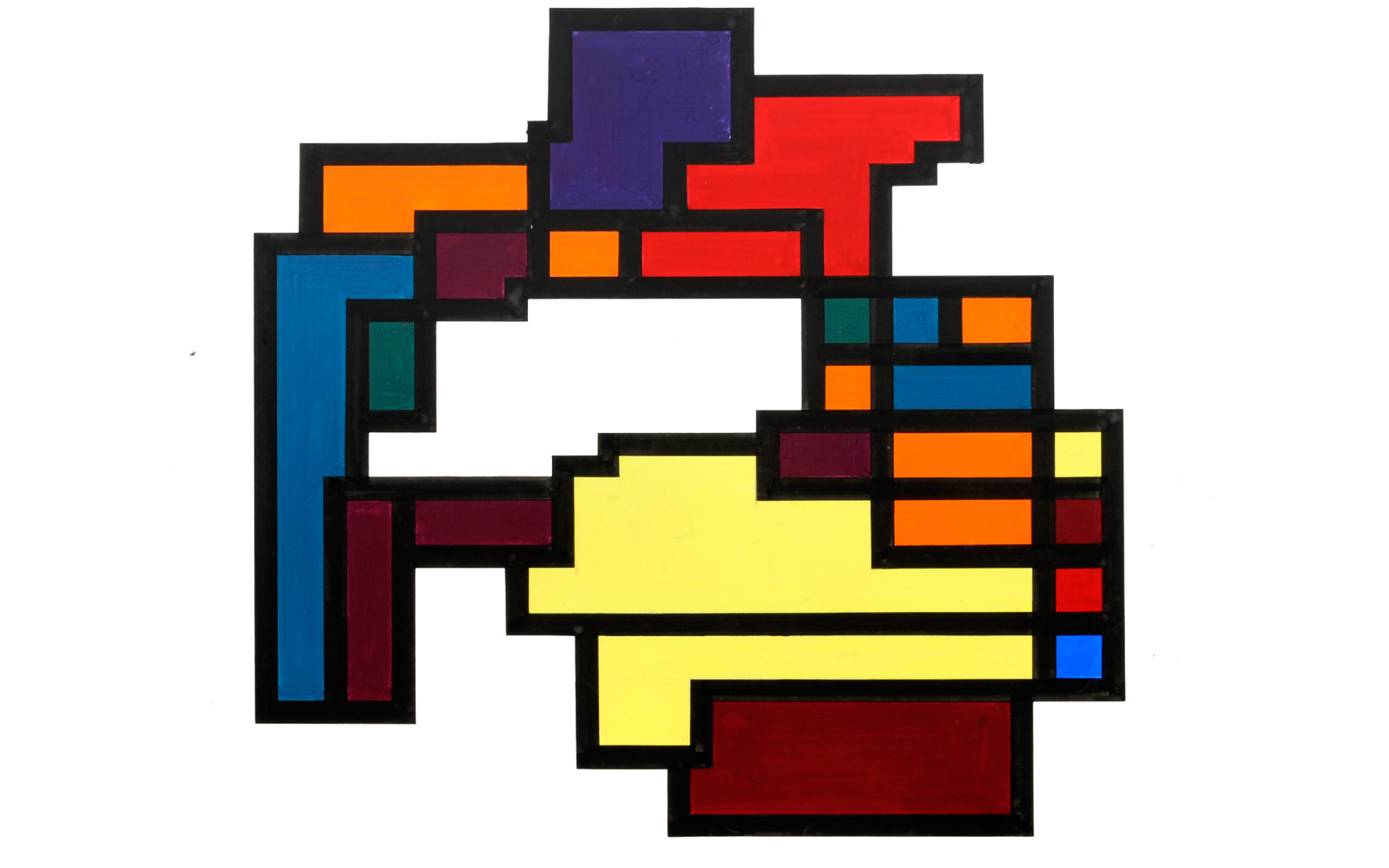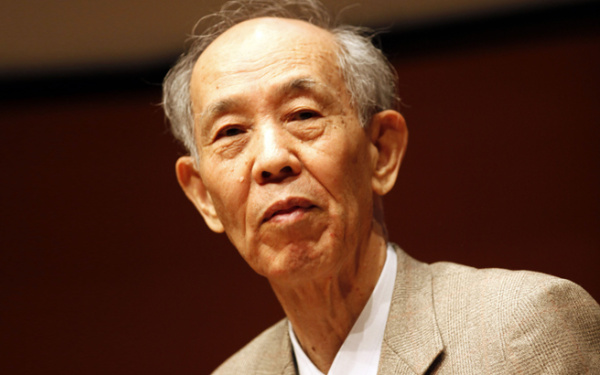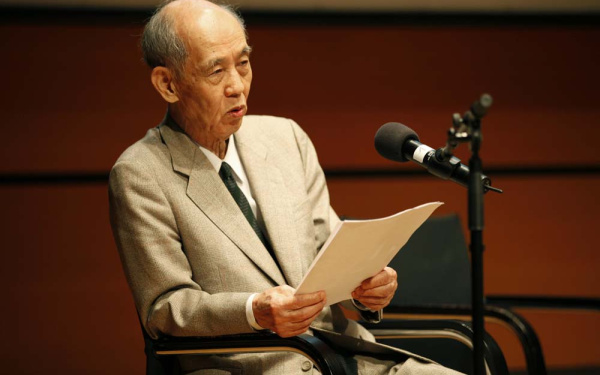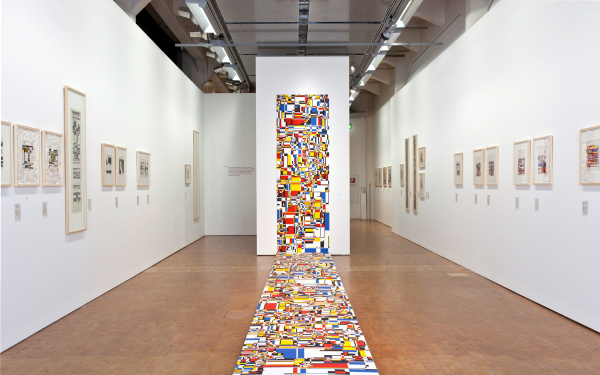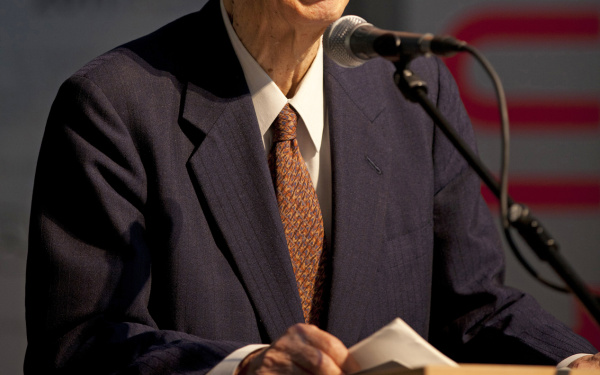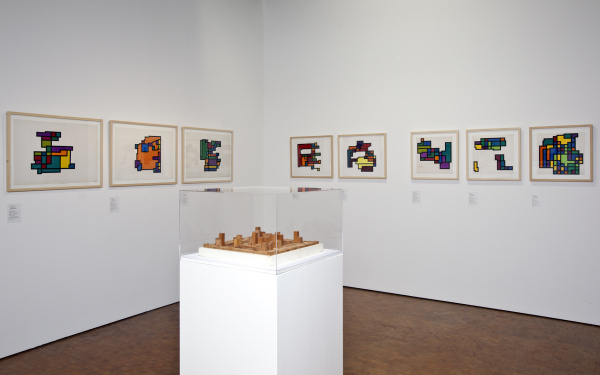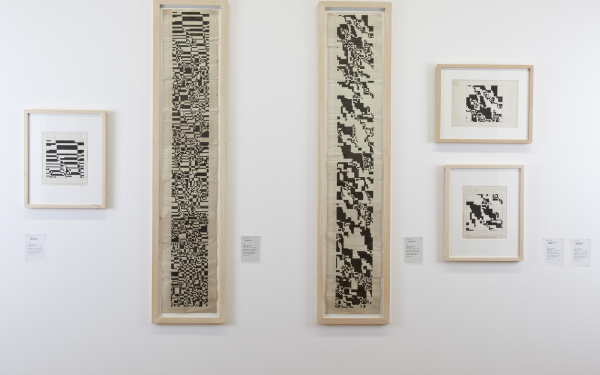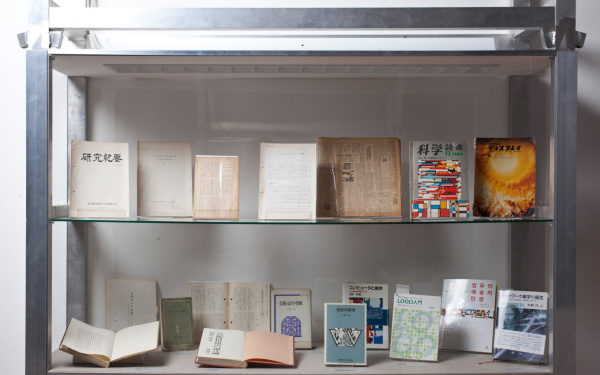Hiroshi Kawano Archives
Pionier of Computer-Generated Art and Coputer-Aided Aesthetics
The Japanese philosopher Hiroshi Kawano (*1925) is one of the most important pioneers of the discovery of computer technology for the arts. Since spring 2010 his personal archive and all works of art in his possession is taken care of by ZKM. In 2012, ZKM also acquired its working library.
Hiroshi Kawano plays a special role among the pioneers of "computer art": he was neither an artist who discovered the computer as a new means of production and as subject, nor an engineer who found his way to art via the new machine, but a philosopher who left the desk to experiment in the computing center with theoretical models of the logic of artistic creation.
Already in September 1964 Kawano published in the Japanese »IBM Review« the first designs, which he had calculated with the help of an OKITAC 5090A computer at the University of Tokyo. The young philosopher, who at that time taught aesthetics at the Metropolitan College of Air Technology, had arrived at the information-processing machine, the computer, through his examination of neo-Cantianism, symbolism, semiotics and finally information theory. With the help of this technology, he created computer-generated forms for various artistic genres: pictures, poetry, sculptures and music.
Kawano's decision to donate his archive to the ZKM was due not least to the fact that it was a German philosopher who gave him decisive impulses to bring aesthetics and computer technology together: Max Bense.
The archive includes correspondence, typoscripts, photographs, sketches, computer programs, audio recordings as well as books and magazines.
The ZKM thanks Jungyeon Ma, Yoshiyuki Abe and Simone Gristwood for their support.
